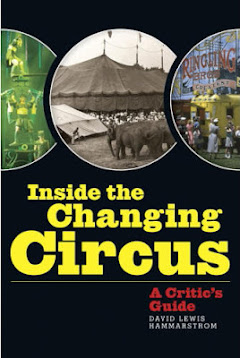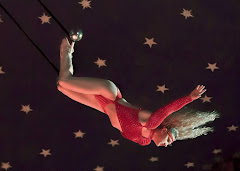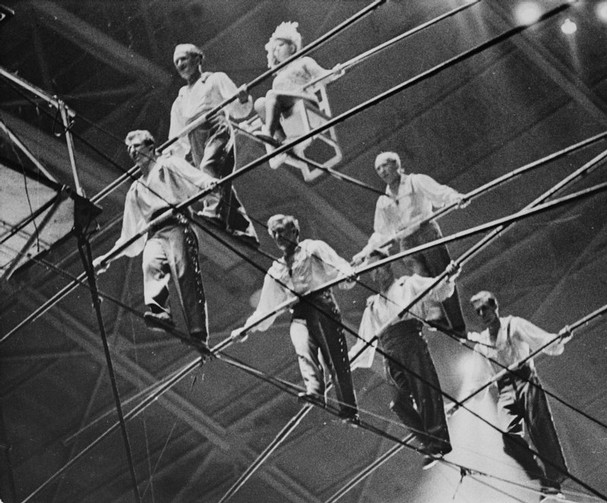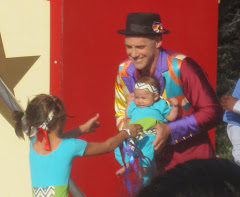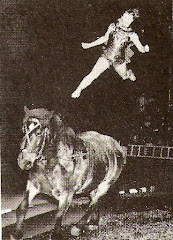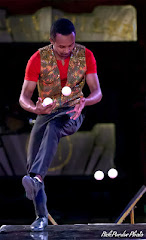
Movie Review: Deadline U.S.A
This 1952 film in which Humphrey Bogart plays a crusading managing editor as his paper, The Day, is about to be sold, has finally made it to TCM, and it’s more than worthy of prime time attention. The issues about the critical important of journalism that it raises, that in fact propel the story of a great newspaper being sold against the will of the wife of its late publisher, resonate perhaps more poignantly today than they did back at a time when daily broadsheets were taken for granted.
Much of the film was shot in the press rooms of the New York Daily News, and the passionate scripting by Richard Brooks reminds us of how journalism can expose and challenge and rally the populace to demand correction action from its leaders and judicial systems.
“A free press is like a free life; it’s always in danger,” says Bogart, caught up in his last great act of exposing a crime syndicate guilty of election fraud, murder, police bribery and cover ups.
As I watched courtroom scenes in which a judge considers a petition by a rival paper to purchase The Day (and stamp out the competition, many fear), I was reminded of the sad tragic sale of the Los Angeles Times away from the Chandler family, under whose aegis when Otis Chandler assumed control in the sixties, the paper achieved world wide renown and racked up Pulitzer prizes one after another. I still miss that paper as it once was not so long ago on Sunday mornings; in fact, no longer can I find it on newsstands. The sale of the Times about ten years ago to the also-foundering Chicago Tribune happened because Chandler family heirs were apparently far more interested in money than in any of them assuming the publishing reigns that Otis had so brilliantly held. Since then I’ve watched the Times editorial depth and scope wither and shrink slowly away.
Deadline USA’s most affecting scene is when the humble mother of two kids who get embroiled in a crime syndicate and as a result are murdered, does not go to a corrupt police department to offer incriminating evidence but goes instead to The Day to see “the boss.” She waits for Bogart to show up, believing in a paper she has trusted for decades, so that she can share with the “boss” evidence that will bring the gangsters and killers finally to trial. We must not forget that, day after day, year after year, such justice happens because of courageous newspaper reporters taking risks to dig sometimes dangerously deep, to get the facts and tell the story.
As our nation’s newspapers vanish and as they are replaced by the bloggers, the question remains: will a new kind of “freedom of the press” in cyberspace sustain a culture of investigative reporting. I’m not so sure. It takes a lot of money to fund the people and the resources necessary to track down the facts and put all the pieces together. As they say, most of the blogs and websites (mine included) continuously quote from our leading newspapers still in operation.
To my eyes, even if Deadline USA, with a trio of plot lines, is a bit contrived and "melodramatic," as New York Times film critic Bosley Crowther charged when it first came out, yet the movie achieves a certain raw excitement because of the essential truths it champions. Even Crowther had to concede, "the honesty of the effort rates a newspaper man's applause.” Surfing a few movie blogs, it seems to be enjoying serious respect, perhaps because of the time in which we live as we witness journalism's possible demise. One blogger calls it an "underrated gem."
I agree.













































